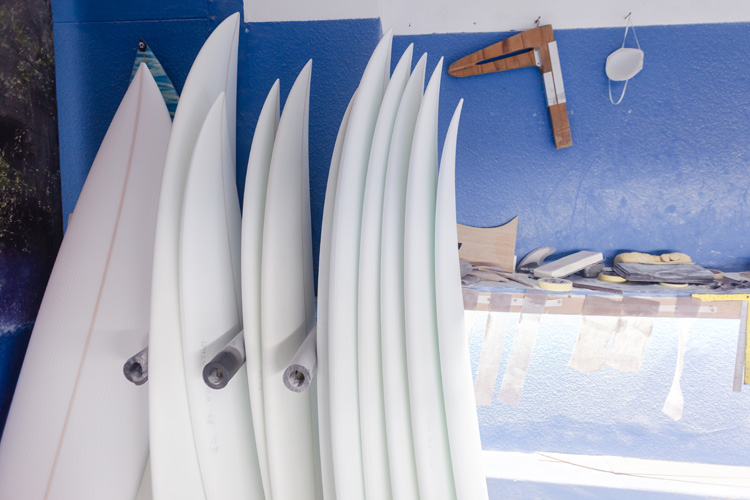Surfboards are a complex formula that involves design, hydrodynamics, and materials. Take a look at the most common types of surfboard foam.
When it comes to choosing the right surfboard core for your style and favorite waves, it always gets a little complicated, even for advanced surfers with decades of experience.
Modern surfboards are made using four main types of core materials, with each having its own density, flexibility levels, strengths, and weaknesses.
Of course, you'll always find unusual prototypes made from out-of-the-box materials like cork, glass, paper, cardboard, and even recycled plastic.
But they're usually not for sale in surf shops.
There are also alternative materials, like balsa and wood, that were used in the early days and have been re-introduced in the market by indie shapers and amateur craftsmen.
From a building perspective, beginner surfboards - also known as "foamies" or soft boards - are different, too.
They're made out of a combination of multiple materials that resist and absorb high impacts.
It is important to underline that a foam core interacts with the anatomy of the surfboard to work and behave in a certain way.
The 21st century brought new, sophisticated, and more eco-friendly materials and components to surfing, but the good old "polyurethane/fiberglass surfboard" remains the most popular foam option in the world.
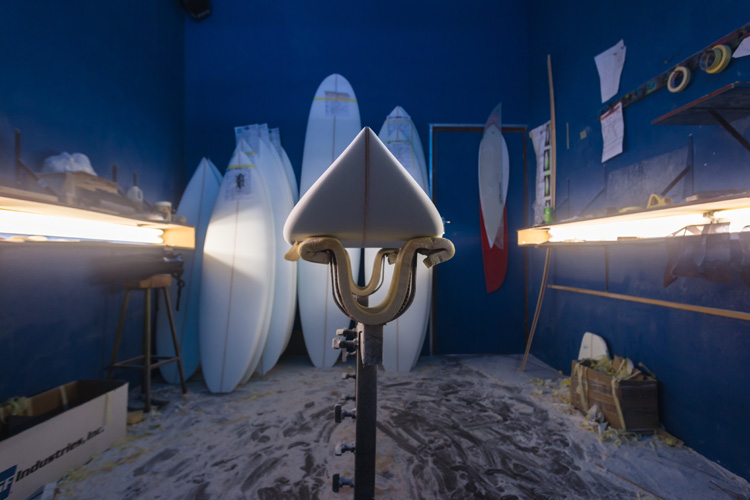
From a structural perspective, there are three main surfboard construction types: traditional, conventional sandwich, and modern sandwich.
The traditional construction goes back to the years when boards were made of solid wood or when surf pioneer Tom Blake introduced hollow timber construction somewhere between 1925 and the early 1940s.
The conventional sandwich construction is the most popular method used in the surfboard shaping world.
It involves an inner core material sandwiched between an upper and lower skin material and a central stringer.
The modern sandwich technique involves the use of shaping machines, multiple skin layers of various properties, vacuum technology, and molded construction methods.
Have you ever thought of shaping your own surfboard?
If yes, you need to know that each core material has its own characteristics, which definitely results in different performances in the waves.
Let's take a look at the most common surfboard foam blanks:
Polyurethane (PU)
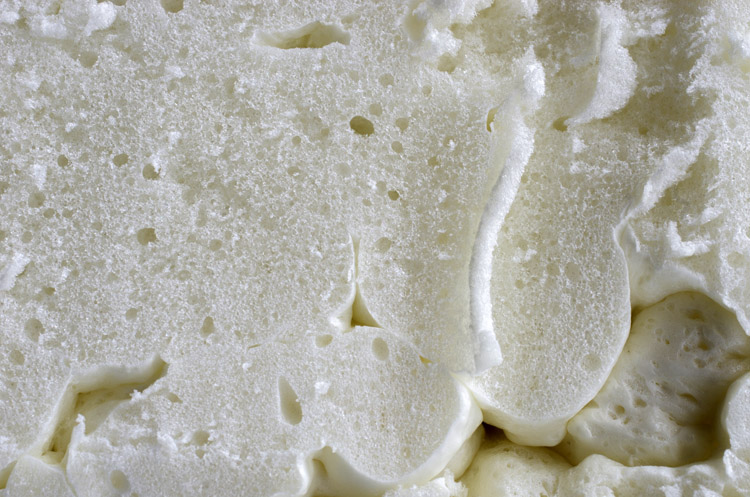
The production and commercialization of polyurethane foam began after World War II in the early 1950s.
Surfboard builders did the first experiments with the new foam and fiberglass and rapidly understood its potential.
As the surfing fever grew, the polyurethane blanks married polyester resin and became the standard core, and the art of shaping, glassing, and sanding lived with it for decades.
Before the closure in 2005 of Clark Foam, the world's largest polyurethane blank manufacturer, the chemical-based core had a global market share of 90 percent.
Polystyrene (PS)
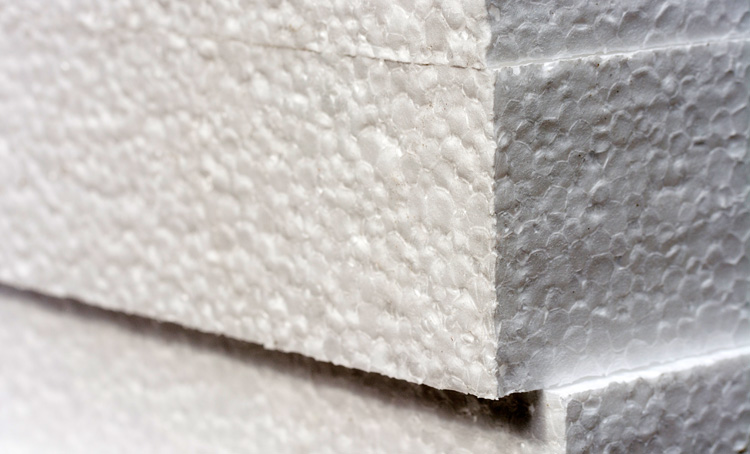
The polystyrene foam core is an alternative material that gained new supporters since the closure of Clark Foam.
Polystyrene blocks are traditionally lighter and less resistant than polyurethane and are cut using a hot or fast wire technique to create a smooth cut.
Polystyrene surfboards are also greener than their polyurethane counterpart, and stringless models are increasingly popular.
Expanded Polystyrene (EPS)
A version of polystyrene that features small foam balls in a closed cell. It is an extremely light and buoyant material and very difficult to shape by hand.
As a result, surfboards made out of EPS foam are usually molded by shaping machines. EPS surfboards are the most environmentally sustainable choice.
Epoxy resin is the only skin resin that can be used with expanded polystyrene surfboards.
Extruded Polystyrene Foam (XTR or XPS)
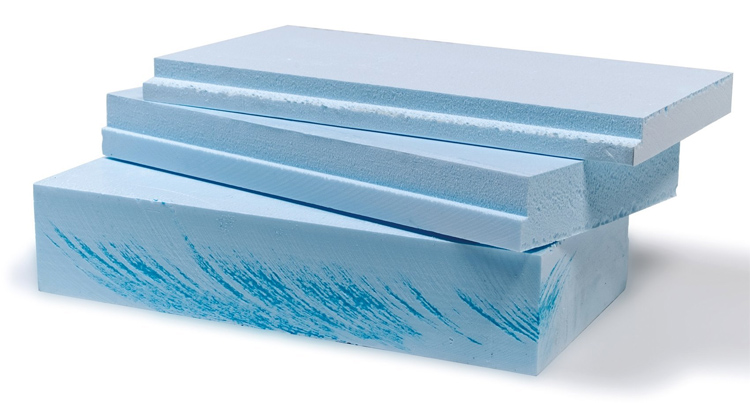
The extruded foam core is a 100 percent closed-cell foam that does not absorb water, even if dinged.
It offers great flex memory, ensures high resistance to strong impacts, and it doesn't feel too rigid to ride.
XTR surfboards have a superb responsive feel but are too expensive to produce.
Explore the most common styles and shapes of surfboards.
For more information on surfboard construction materials, get "The Surfboard Book."
